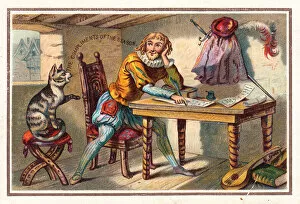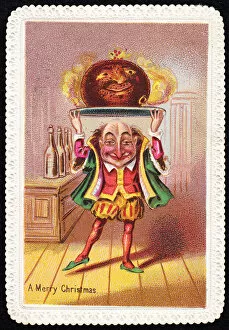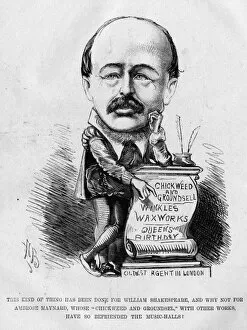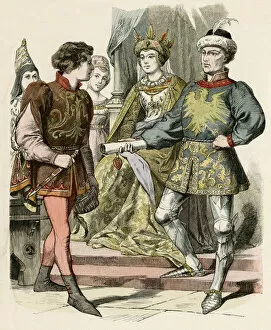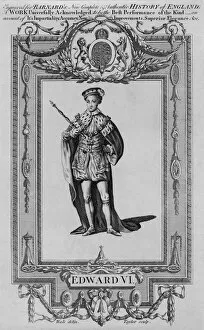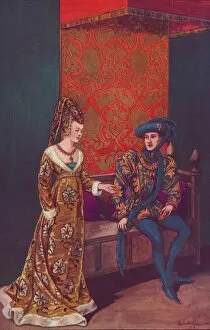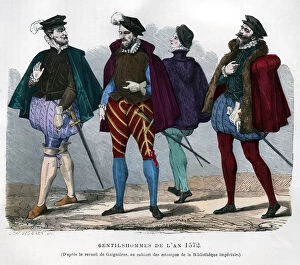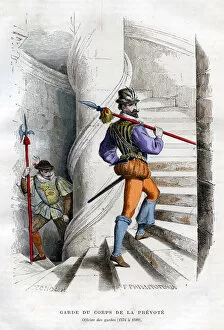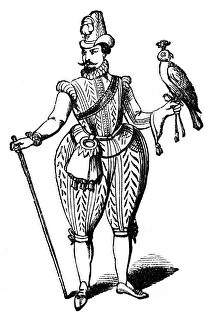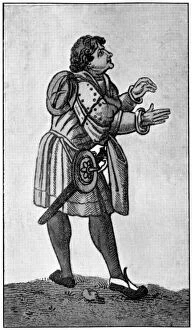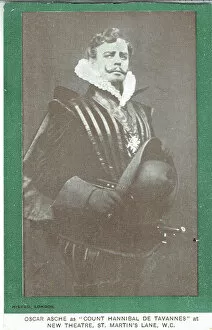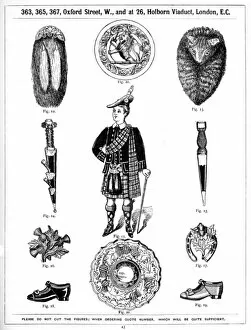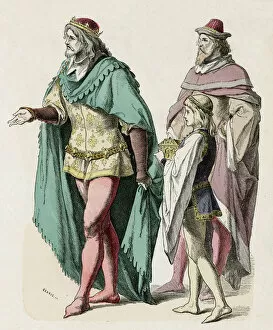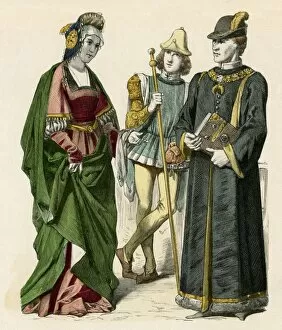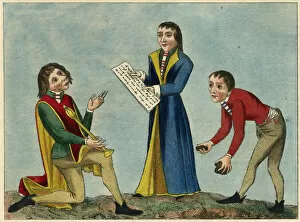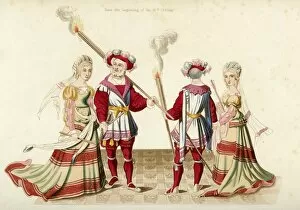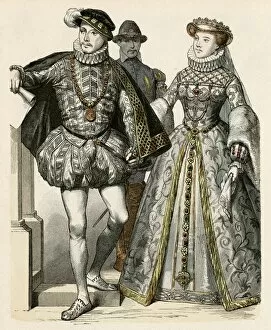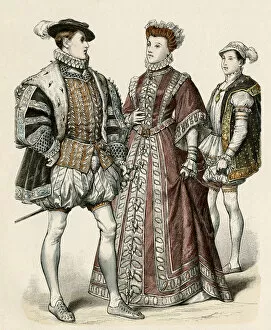Doublet Collection (#10)
"Doublet: A Journey Through Time and Imagination" Step into the world of "doublet, " where history, art, and mysticism intertwine to create a captivating tale
For sale as Licensed Images
Choose your image, Select your licence and Download the media
"Doublet: A Journey Through Time and Imagination" Step into the world of "doublet, " where history, art, and mysticism intertwine to create a captivating tale. Like Tarot Card 12 - Le Pendu (The Hanged Man), this enigmatic word suspends us in anticipation, inviting us to explore its many facets. In Tarot Card 22 - Le Fou (The Fool), we find a clue that leads us down the rabbit hole of literature. Cervantes and Selma beckon from their literary realms, offering glimpses into worlds both real and imagined. But what is a doublet without its ghostly apparition produced by reflection? Like an ethereal presence, it reflects the past while remaining firmly rooted in the present. Just like Tarot card 1 - Le Bateleur (The Juggler), it performs tricks with time itself. Imagine donning a costume of Tudor or Elizabethan nobleman from 1600 – elegance meets extravagance as you step back into an era long gone. And who could forget the iconic poster for Rudge Cycles, capturing the spirit of adventure on two wheels? Alessandro Farnese emerges from history's shadows – later Governor of the Netherlands – his story intertwined with political intrigue and power struggles. His life resembles a caricatured Hamlet on a music sheet, each note echoing tales of ambition and tragedy. As we delve further into our journey through time, we encounter 18th-century French court dress – opulence personified. The English Royalists during 1640-9 come alive before our eyes; their loyalty tested amidst turbulent times. And there he stands: Sir Walter Raleigh himself captured in Lodges British Portraits—a man whose exploits spanned continents and whose legacy still resonates today. "Doublet" encapsulates all these elements—history's tapestry woven together with threads of imagination.

